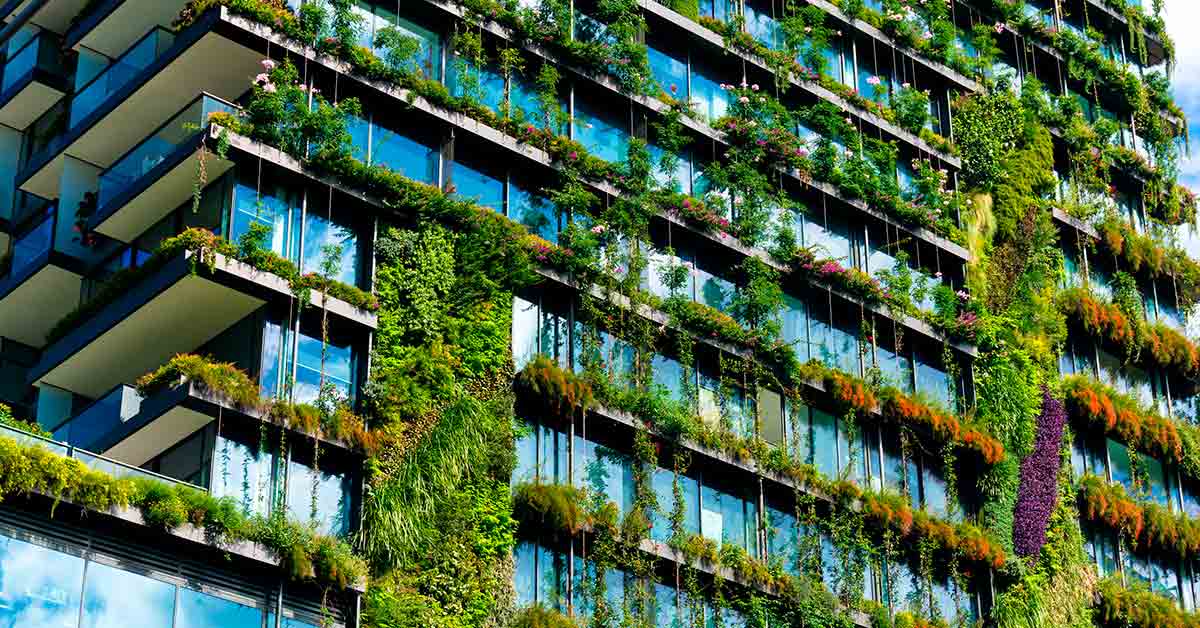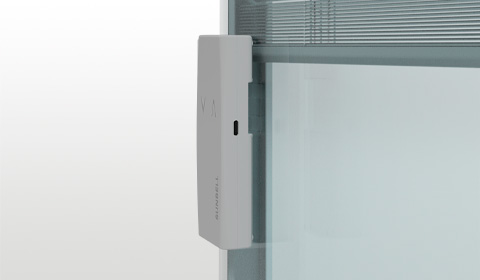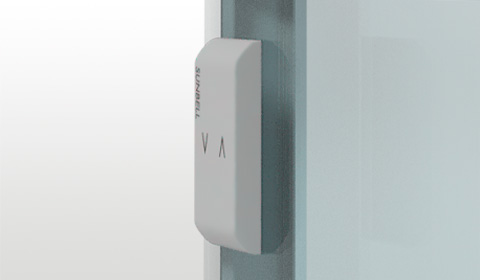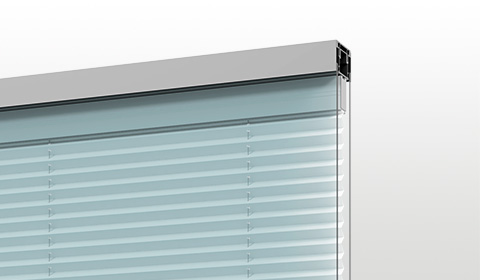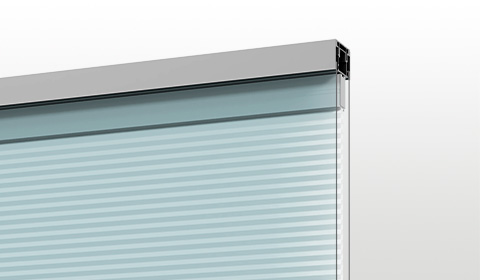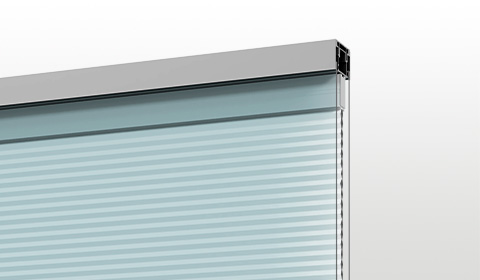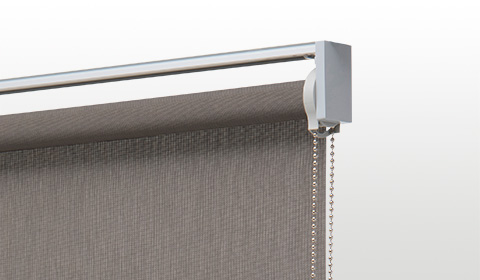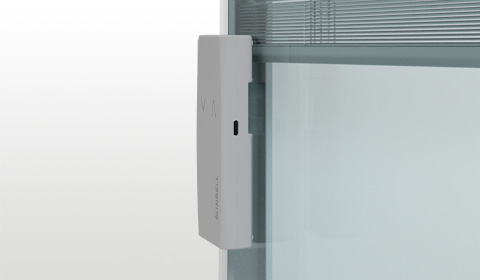Green Infrastructure can be defined as a strategically planned network of high quality natural and semi-natural areas, designed and managed to offer a wide range of ecosystem services and protect biodiversity in both rural and urban contexts.
More specifically, it is a spatial structure that offers people the benefits of nature, aiming to improve nature’s ability to provide ecosystem goods and valuable services, such as clean air or water.
All this signifies:
- promoting a better quality of life and human well-being, providing a high quality environment in which to live and work;
- improving biodiversity, for example by reconnecting isolated natural areas and increasing the mobility of wildlife through a wider landscape;
- protecting against climate change and other environmental disasters such as floods, storing carbon and preventing soil erosion;
- encouraging a more intelligent and integrated approach to development, ensuring that Europe’s limited space is used as efficiently and consistently as possible.
In this way, Green Infrastructure encourages a more sustainable and resource-efficient development process, in line with the European 2020 strategy.
Experience has shown that investment in Green infrastructure contributes to the health of the European economy, by promoting innovative approaches and creating new green businesses.
Furthermore, it also supports various policies and initiatives, both EU-wide and national, in sectors like agriculture and rural development, biodiversity, climate change, transport, energy and sustainable urban development.
What does Green Infrastructure mean?
Green infrastructure exhibits a vast range of different environmental characteristics on many different scales, from small linear functions such as hedges to entire ecosystems.
Each of these elements can contribute to urban, peripheral and rural areas, inside and outside protected areas.
However, it is important to be aware that not all green spaces or all environmental characteristics necessarily qualify to be part of the Green Infrastructure.
In addition to being of high quality, they must also be an integral part of an interconnected Green Infrastructure network and offer much more than just “green space”.
An urban park, for example, could be considered an integral part of the green infrastructure if it functions as a fresh air corridor, if it absorbs excess water runoff and if it offers an attractive outdoor leisure space.
On the other hand, a uniform layer of grass, with no other special environmental characteristics, is unlikely to qualify as part of a Green Infrastructure.
In rural areas, even the plots of land used for intensive agriculture would not normally fit into a network of Green Infrastructures, unless they have been specifically managed to support local biodiversity or as multi-purpose territories, combining food production with other benefits, like water purification.
EU strategy on Green Infrastructure
In May 2011, the EU adopted a strategy to stop the loss of biodiversity in Europe by 2020.
The strategy is based on six mutually sustainable goals, which address the main causes of biodiversity loss.
The second objective aims to ensure that
“by 2020, ecosystems and their services are maintained and improved by creating green infrastructure and restoring at least 15% of degraded ecosystems”.
However, Green Infrastructure contributes to all 6 objectives of the strategy, in particular to the full implementation of the Birds and Habitats Directive (objective 1) and to the maintenance and improvement of biodiversity in the wider countryside and in the marine environment (objectives 3 and 4).
To adapt to the roadmap, on 6th May 2013 the Commission adopted a strategy to promote investments in green infrastructure, restore the health of ecosystems, ensure that natural areas remain connected to each other and allow species to thrive through their entire natural habitat, so that nature continues offering us its many advantages.
The strategy promotes the deployment of green infrastructures across Europe and the development of a trans-European network for Green Infrastructure, called TEN-G, equivalent to the existing networks for transport, energy and ICT.
This can also help improve the health and well-being of EU citizens, offer jobs and boost our economy.
In a bid to revive industry, labor markets and competitiveness, European governments are looking for more innovative and sustainable ways of promoting economic activity, while addressing environmental challenges.
Consistent and effective Green Infrastructure can play an important role in this new approach.
The new strategy consists of four main elements:
- Promote Green Infrastructure in the main EU policy areas
- Support the EU with Green Infrastructure projects
- Improve access to finance for GI projects
- Improve information available and promote innovation
This strategy aims to ensure that the protection, restoration, creation and upgrading of Green Infrastructure as an integral part of territorial planning and development, whenever they offer a better alternative or are complementary to the standard choices.

